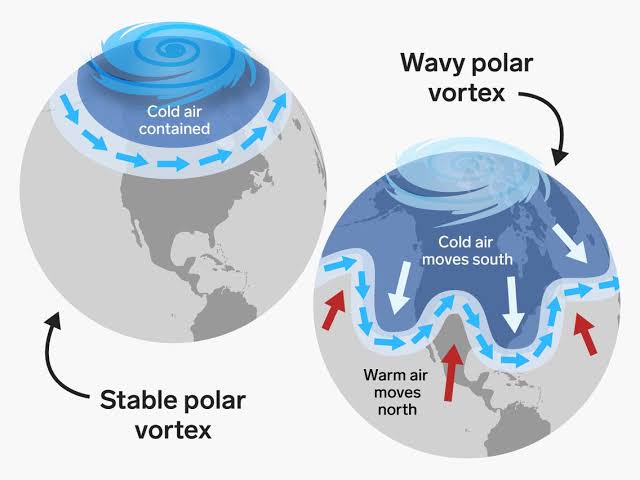The autumn grain production makes up about 75 % of China’s annual grain output and China, until the drought gradually set in from July, had aimed to produce more than 650 billion kg this year
Worst heatwave since 1961 poses a ‘serious threat’ to autumn grain production: China
BEIJING: China’s ongoing heatwave, the country’s longest, most intense and covering the widest landmass since 1961, has posed a “serious threat” to the autumn grain production and the situation is severe, a joint statement from multiple Chinese ministries and departments said on Tuesday.
The autumn grain production makes up about 75 % of China’s annual grain output and China, until the drought gradually set in from July, had aimed to produce more than 650 billion kg this year. That seems unlikely given the severity of the situation.
“Since late July, high temperatures without rainfall persists in many parts of the south for the longest duration, the widest range of influence and the largest average intensity (of temperature) since 1961. The drought, advanced rapidly, along with high temperature and heat damage, pose a serious threat to autumn grain production and on the work on agricultural drought-resistance and disaster- reduction,” the statement jointly issued among others by the agriculture and rural welfare ministry and the water resources ministry said.
The notice said all departments should “shoulder the political responsibility of ensuring national food security” and to ensure the autumn grain harvest.
Large parts of China have been in the grip of a drought for weeks now.
China’s National Meteorological Center has continued to issue red alerts for high temperatures, the most severe warning in China’s four-tier colour-coded weather warning system, on Tuesday, the 12th consecutive day.
Since July, the drought has affected over 821,000 hectares of farmlands in several provincial-level regions including Sichuan, Chongqing, Hubei, Hunan, Jiangxi and Anhui, the water resources ministry has said.
“Weather forecasts have indicated that heatwaves in some regions will last until late August, a crucial time for the growth of autumn grain, posing challenges to the country’s autumn grain production, which makes up about 75% of China’s annual grain output,” the official news agency, Xinhua said in a report.
Southwest China’s Sichuan province and bordering Chongqing municipality are among the worst hit by lack of rainfall and continuous high temperatures for weeks.
“In order to overcome dilemmas such as power shortages and wilting crops, Chongqing turned off lights of its iconic scenic area, residents kept their hands off unnecessary electronic appliances, and the government ramped up efforts to irrigate crops,” the state-run Global Times said in a report on Tuesday even as the municipality continues to fight bushfires in hilly areas.
The Sichuan province continued to sizzle in the heatwave on Tuesday, pushing up demand for electricity as the region’s manufacturing units remained shut.
“While the heatwave pushed up air-conditioning demand, power supply in Sichuan has been dragged down by a drought as the region relies on hydropower for around 80% of its electricity. Local officials say water flows have dropped to half their normal level since the start of August,” the news website, Caixin reported.
Meanwhile, aerial photographs and satellite images published by Chinese official media has shown “tree-shape landscapes in certain sections of Poyang Lake, China’s largest freshwater lake, in Nanchang, east China’s Jiangxi province, demonstrating another alarming sign of the most severe drought China faces in six decades,” according to Global Times.
National Satellite Meteorological Center (NSMC) found out that the water area of Poyang Lake measured roughly 11.13 square km and has shrunk about 66% compared with the area of last month.”
The drying up of the Poyang Lake has cut off irrigation channels to nearby farmlands.



